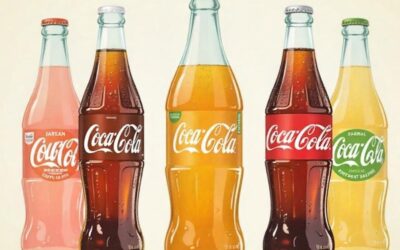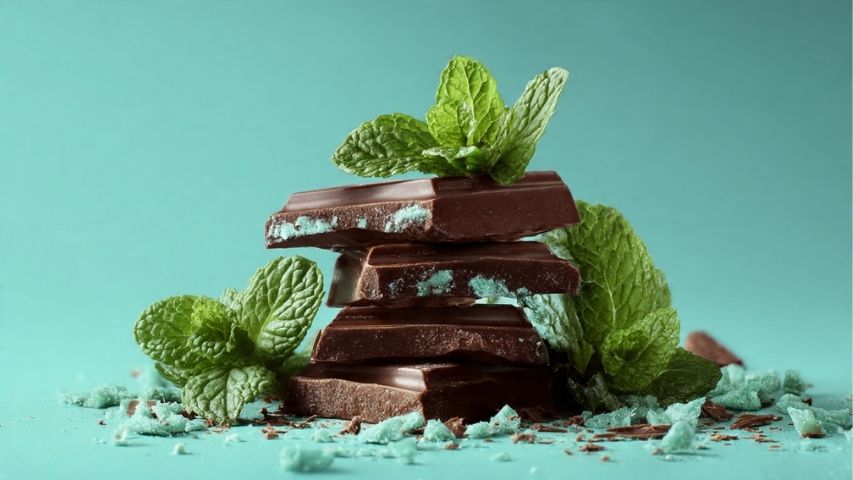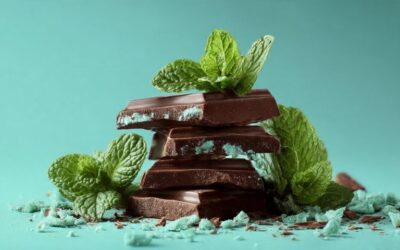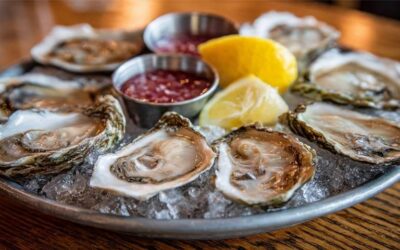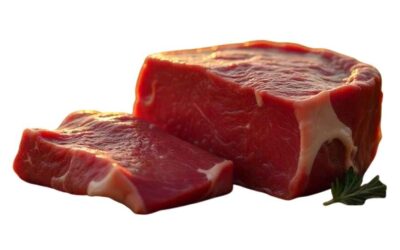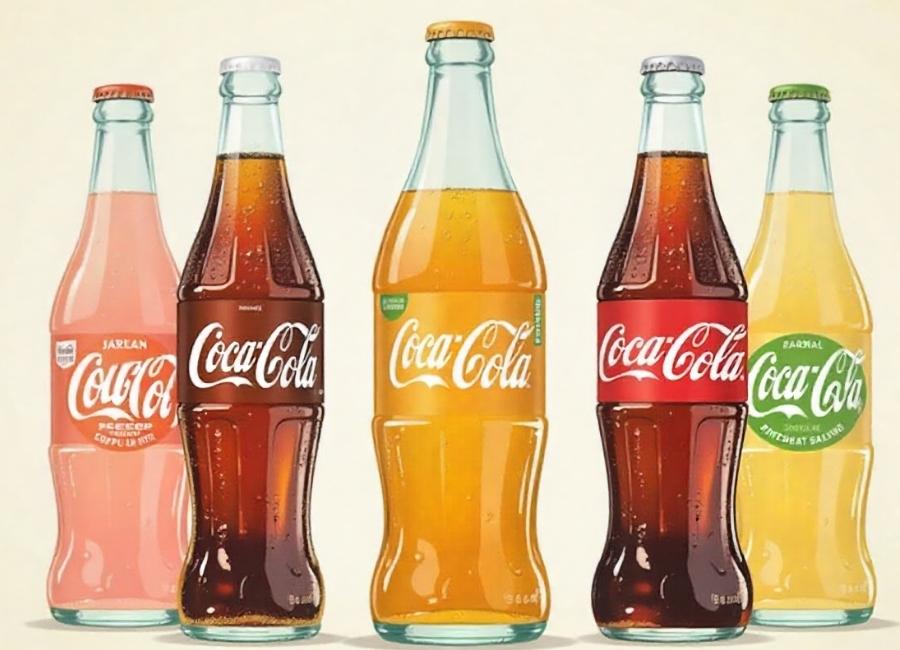Soda drinks are loved worldwide for their bubbles and variety of flavors. Their story starts with ancient spring waters and leads to today’s huge global industry. In this post, we’ll explore how soda grew from its early days to the soft drinks we know now.
When Was Soda Invented and How?
Soda, as we know it, was first invented in 1767 by Joseph Priestley, an English chemist. (Joseph Priestley | Biography, Discoveries, & Facts, n.d.) Priestley made a groundbreaking discovery when he suspended a bowl of water over a vat of fermenting beer. This process allowed carbon dioxide to infuse the water, creating the first artificially carbonated beverage. (Carbonated Liquid Bottling Machine, n.d.) His experiment was the precursor to the sparkling waters that would eventually become soda.
However, the invention of soda wasn’t a one-person job. It was Jacob Schweppe, a Swiss watchmaker, who popularized carbonated beverages and made them commercially viable. In 1783, Schweppe developed a method for mass-producing carbonated mineral water, founding the Schweppes Company. (About Us | Schweppes, n.d.) Schweppe’s innovation took soda from a scientific curiosity to a popular product, setting the stage for the soft drink industry to grow and flourish.
Evolution of Soda
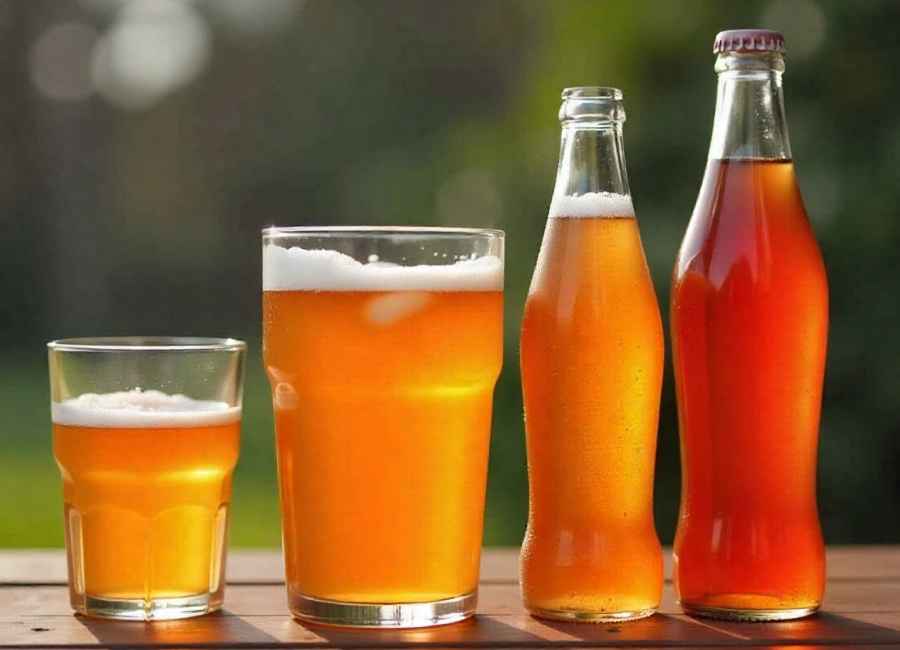
Soda’s evolution has been marked by both innovation and commercialization. Early sodas were often sold in pharmacies and were marketed as health tonics. (The Old World Allure of Pharmacies, n.d.) The belief that carbonation had medicinal properties led to the creation of popular “health drinks” such as ginger ale and sarsaparilla. (The History Of Sarsaparilla: A Drink’s Origin, n.d.) These early sodas were often flavored with fruit extracts or spices, contributing to their appeal.
In 1886, a new chapter in soda history began when Atlanta pharmacist John Pemberton invented Coca-Cola. (How was Coca‑Cola invented?, n.d.) Initially marketed as a medicinal product, Coca-Cola quickly became a global phenomenon, transcending its original use as a “digestive aid.” Around the same time, Dr Pepper (1885) and Pepsi (1893) also emerged, each marketed as beverages with digestive benefits. (Dr Pepper, n.d.)
In the early 1900s, new bottling technology changed the soda industry. Now, people can buy bottled soda in stores, not just at pharmacies. With more flavors and brands like Mountain Dew and Sprite, soda became a worldwide favorite.
Where Was Soda Invented?
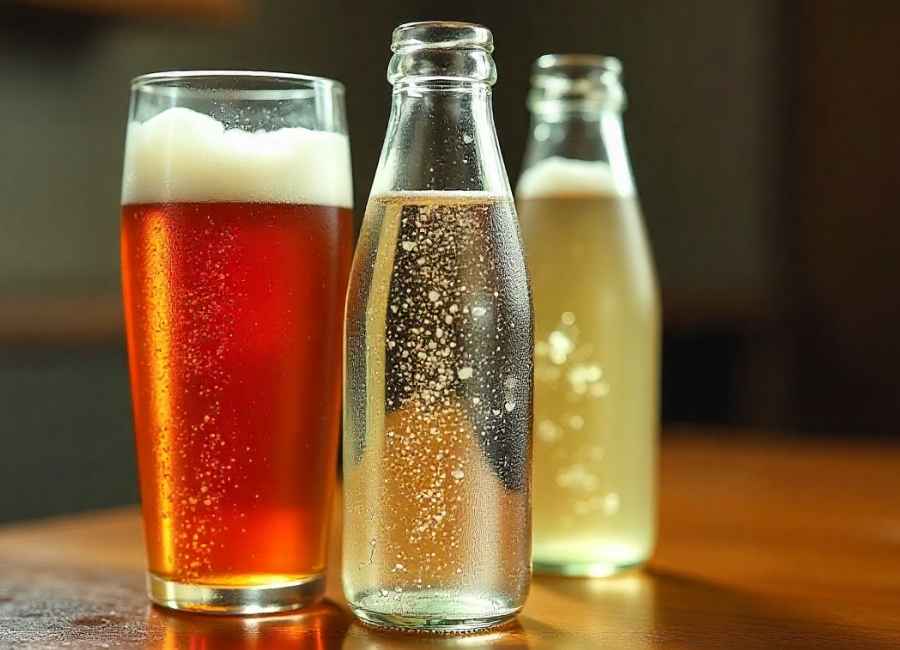
Soda was technically invented in Leeds, England, in 1767 by Joseph Priestley, who discovered the method of infusing carbon dioxide into water. This scientific breakthrough, conducted in the context of a nearby brewery, marked the beginning of soda’s history.
While Priestley’s discovery occurred in England, the commercialization of soda shifted to Switzerland when Jacob Schweppe patented his process for mass-producing carbonated water in 1783. Schweppes’s creation of a successful carbonation method laid the foundation for the Schweppes Company, and soon, soda water was spreading across Europe and beyond.
What Was the First Soda?
The first commercially available soda with syrup was root beer, invented by Charles Hires, a Philadelphia pharmacist, in 1876. (Hires Root Beer, n.d.) Hires marketed his product as a “temperance drink,” targeting individuals seeking a non-alcoholic alternative to beer. Root beer was flavored with a combination of roots, herbs, and spices, creating a unique and distinct taste.
This innovation marked the beginning of a new era for soda, one where syrup-based drinks would become widely popular. Root beer remains a beloved classic today, with many variations and brands still available in stores worldwide.
Invention of Soda Fountains
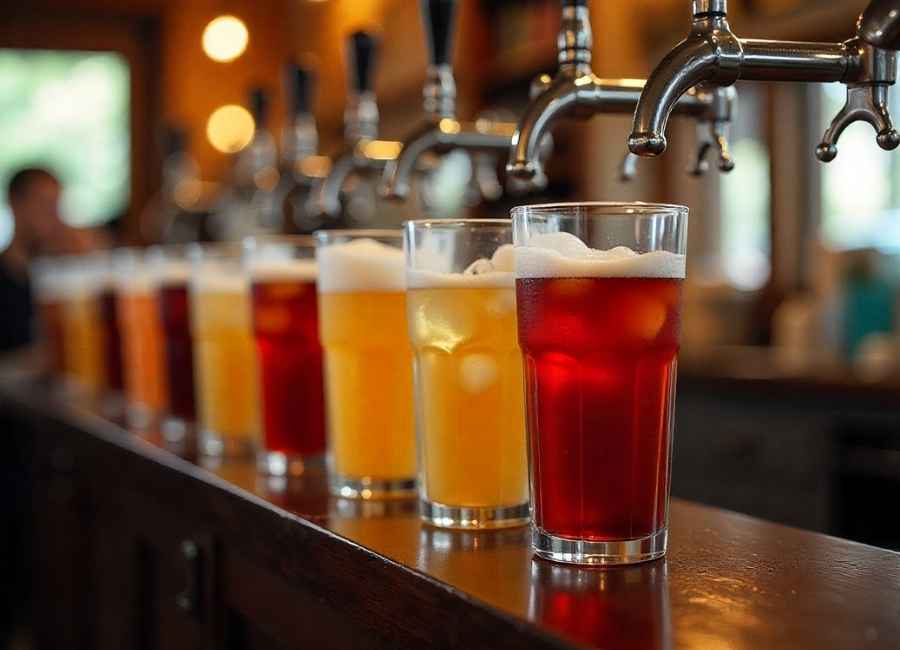
Soda fountains helped turn soda from a health drink into a part of everyday culture. In the late 1800s and early 1900s, you could find soda fountains in pharmacies, ice cream shops, and soda stores all over the United States.
In 1832, John Matthews invented the soda fountain machine, which allowed carbonated water to be dispensed efficiently, making soda fountains more accessible and practical. (John Matthews (soda water manufacturer), n.d.) These soda fountains soon became popular social hubs where people could mix syrups with carbonated water to create their own custom soda flavors.
The Golden Age of soda fountains, from the 1890s to the 1950s, saw these establishments become iconic in American culture, often immortalized in films, music, and literature as symbols of nostalgia. (Sipping Soda: A Quick History of Soda Fountains and Their Collectibility, n.d.) However, with the rise of Home refrigerators and pre-bottled sodas, the popularity of soda fountains began to wane in the mid-20th century.
Key Takeaways
- Joseph Priestley is credited with inventing soda in 1767 through his discovery of carbonated water.
- Jacob Schweppe popularized soda water in 1783 and founded the Schweppes Company, transforming soda into a commercial product.
- Early sodas were marketed as health tonics and sold in pharmacies.
- Classic sodas like Coca-Cola (1886), Dr Pepper (1885), and Pepsi (1893) were originally marketed for digestive aid.
- The rise of bottling technology in the early 1900s made soda widely accessible to the public.
Summary
The history of soda is a fascinating journey from its humble beginnings as carbonated water to the global phenomenon we know today. Starting with Joseph Priestley’s invention of carbonated water in 1767, the development of soda was shaped by innovations from figures like Jacob Schweppe, who turned soda into a commercial product. Early sodas, initially sold in pharmacies, evolved into beloved soft drinks, and brands like Coca-Cola, Dr Pepper, and Pepsi became cultural icons.
As bottling technology improved, soda became easier for everyone to buy. Soda fountains also became popular places for people to meet and enjoy drinks together. Today, soda is a regular part of life, with countless flavors enjoyed worldwide.
Next time you open your favorite soda, remember you’re enjoying more than just a tasty drink. You’re also taking part in a long and interesting history that’s become part of our culture.










